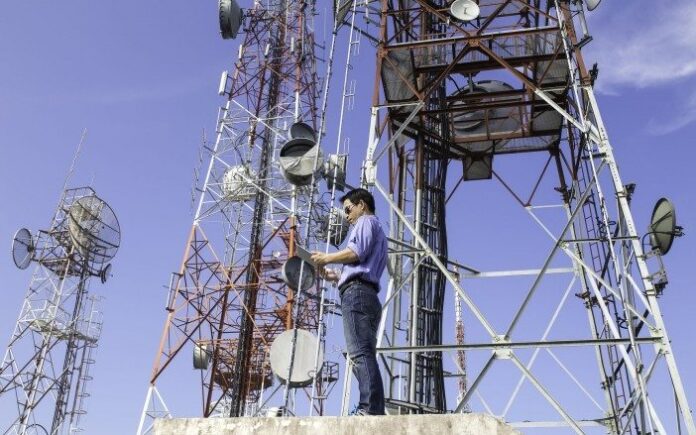Stocks for Sprint and major U.S. tower companies fell dramatically after rumors the carrier was moving away from macro sites surfaced late last week. Sprint’s stock dropped 9% on Friday while American Tower, Crown Castle and SBA Communications lost 3%, 6% and 8% respectively.
The stock tumble shows investors are concerned about the repercussions of Sprint’s network plans on tower companies after a report from Re/Code concluded Sprint was moving away from macro sites. But, as Ken Schmidt of tower leasing company Steel in the Air points out, this reaction could be a little hasty when you look a little deeper.
Schmidt says the report “demonstrates poor inductive reasoning skills to arrive at an erroneous conclusion, stating that Sprint plans on abandoning its existing collocations on American Tower and Crown Castle towers as part of its Next Generation Network buildout,” in a post on Steel in the Air’s Cell Tower and Wireless Communications blog.
Schmidt points to factors such as Sprint’s long-term contracts with the likes of Crown Castle and American Tower, which would make it difficult for the carrier to abandon macro sites at such a rapid rate. “These leases have on average between 7 to 8 years remaining before the tenants can terminate,” Schmidt explains. “This means that Sprint likely will not (because it cannot) terminate its leases with Crown Castle and American Tower for the next 7 to 8 years.”
Another factor to take into account, Schmidt says, is “Sprint technically still owns nearly 6,600 towers they sold to Crown Castle in 2007 (via an intermediary, Global Signal). Crown Castle is subleasing those towers from Sprint under a prepaid capitalized sublease agreement. Those sites are also subject to a master lease agreement with defined lease rates, which are fairly valued, in our opinion.”
Schmidt brings up many other complex factors that make him skeptical about the assertions of the Re/Code article, which he said is misleading to investors and refutes the claims Sprint’s network plans will lead it away from collocation with tower companies.
“At worst, there may be opportunistic terminations by Sprint on a few hundred towers as Sprint attempts to demonstrate a show of force in their negotiations on upcoming master leases,” he asserted. “However, with 20,000 to 30,000 leases on the public tower company towers, Sprint is still beholden to the public tower companies, whether it wants to be or not. … While we aren’t that optimistic that Sprint’s Next Generation Network will reverse Sprint’s fortunes, we also don’t see that the almost 10% drop in value was warranted from Re/Code’s unconfirmed reporting. If you were bullish on Sprint before, you should be even more so now.”
According to the Re/Code report, Sprint’s new network plan, known as the Next Generation Network initiative, will rely on small cell technologies from equipment vendor Mobilitie at the expense of traditional cell tower vendors American Tower and Crown Castle.
The report claims Sprint has “finalized” plans to re-architect its network away from its current reliance on traditional cell tower companies and backhaul suppliers and instead focus on tapping “government-owned properties” and microwave backhaul solutions. The moves are expected to save the carrier up to $1 billion per year in operating expense, or less than half of the $2.5 billion in annual opex the carrier previously said it was looking to trim.

